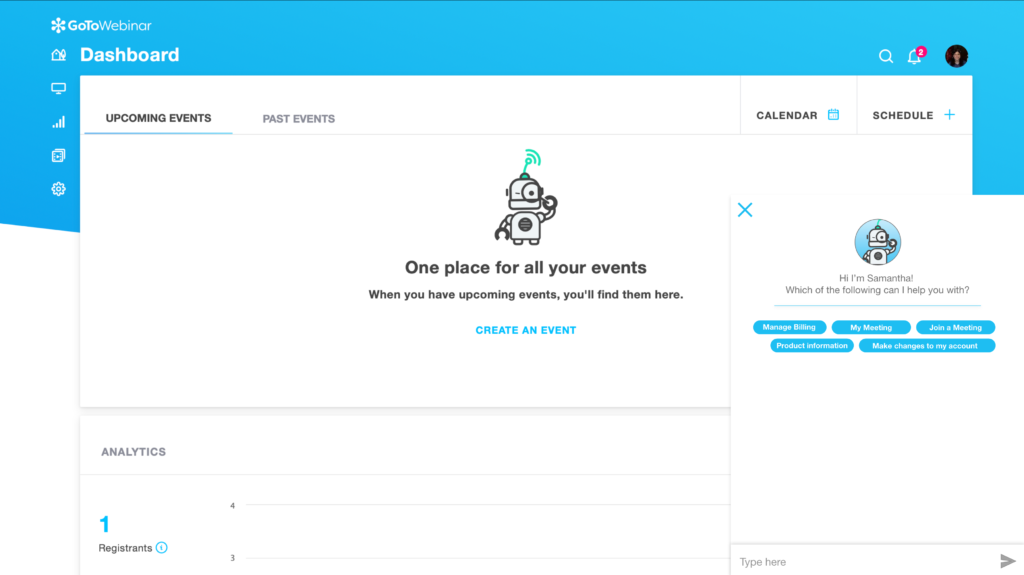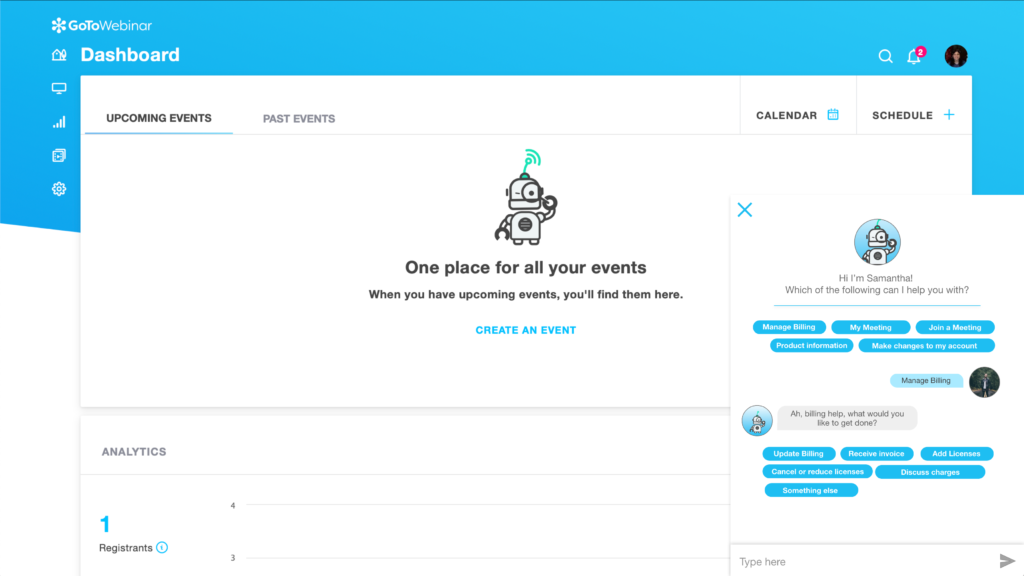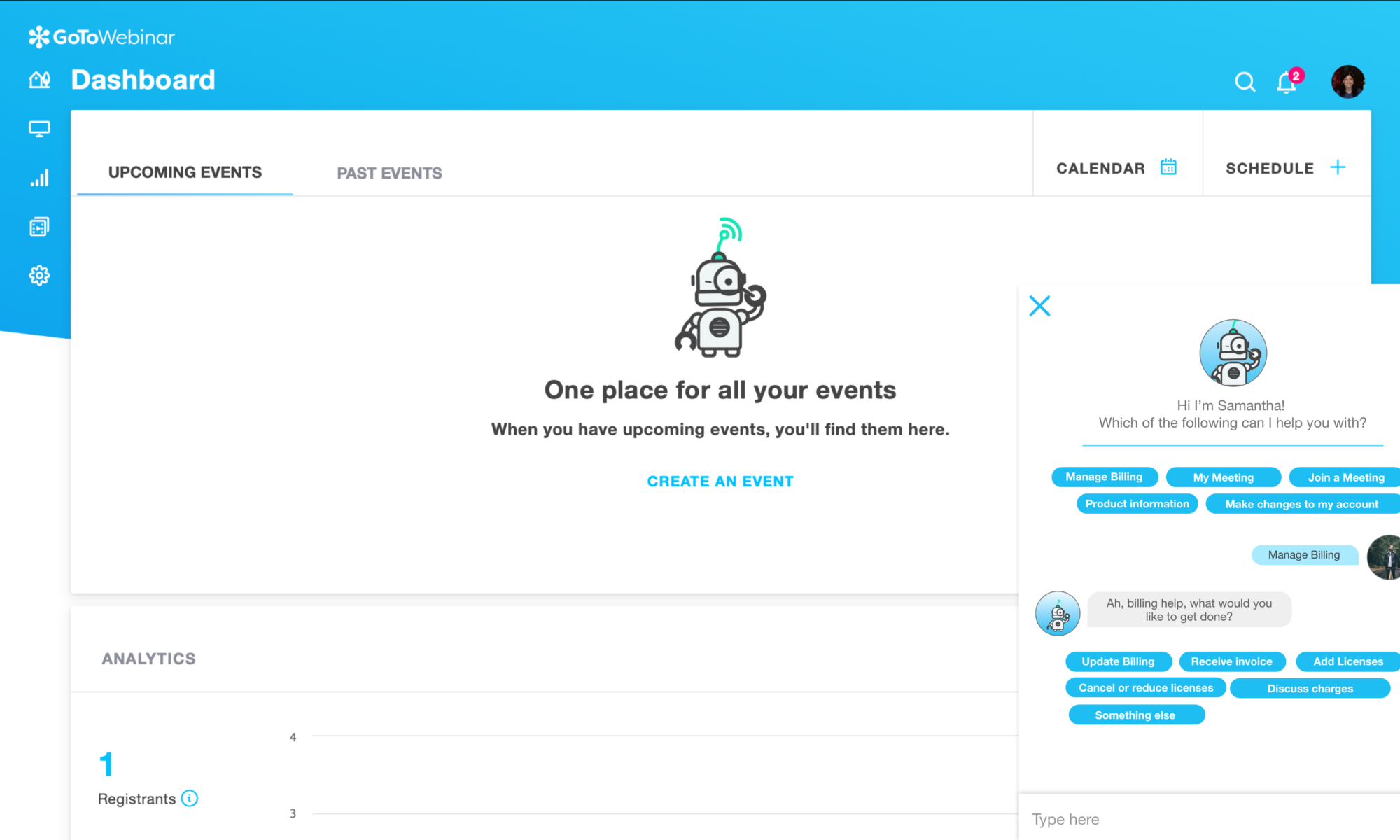Defining the problem
As an organization we field many questions for our products via our customer support. This is a painful process for our customers and an expense to the business.
A trend we were noticing from the data was that many of these support requests were self serviceable.
We had support content on our self help page so we knew the answers were out there our main question was Why aren’t the customers finding the answers for themselves?
Hypothesis: Open Search vs Conversational Guide
Our current self help environment requires that the customer type out their question or query into a text box and then hope that it matches an article we have in our knowledge base.
This creates two obstacles for our customers.
First, they have to figure out how to articulate what they need help with in an open ended way.
Second, they have to then match the concept in their head with technical or company jargon that might not be familiar to them.
Convincing The Team
I proposed that we do a conversational chat in which we open the interaction by asking the customer to choose from a constrained set of topics that would trigger another question for clarification.
I had previously created several flows using data I had collected from listening to customer care calls and organizing those calls into themes and trends.
I built out a prototype to share the concept with the team which is linked here


Impact: measuring success.
We decided to compare the performance of our guided conversational chat bot to our support site. The results were as follows
- There was 2.8x more conversational traffic when compared to the self help page
- Users were 2x less likely to escalate to a human assisted interaction
What this meant was that more users were using our in product chat bot than were using our help page and that conversational chat bot was twice as likely as our support page to help the customer without needing to escalate that customer interaction to a live representative!
